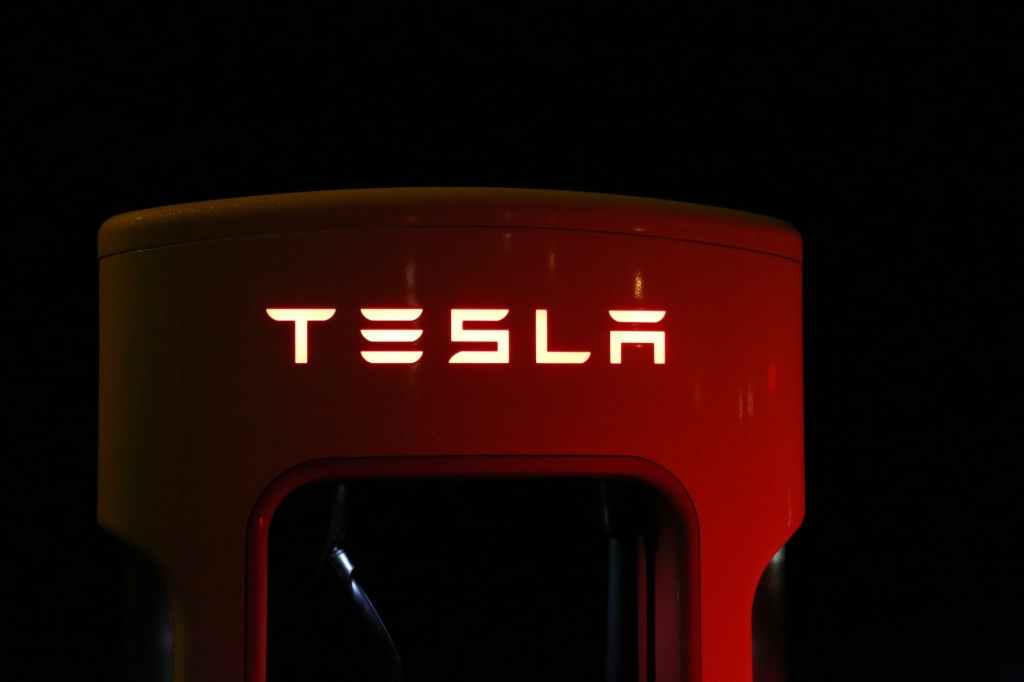Tesla holds and may acquire digital assets that may be subject to volatile market prices, impairment and unique risks of loss.
“If we hold digital assets and their values decrease relative to our purchase prices, our financial condition may be harmed.” This is the terse statement from the US automotive company on the FORM 10-K to be submitted to the US SEC.
In view of the great attention that Tesla enjoys, the group apparently accepts that thousands of investors are now investing in bitcoin in the hope of participating in the further increases in value of bitcoin. The question arises whether Tesla’s bitcoin investment was made solely to exploit these effects of its market power. Correspondingly, the company’s ratings should be questioned critically. With a stable long-term rating of B2, Tesla, Inc. is already clearly speculative from Moody’s point of view.
In addition to financial aspects, a sustainability rating also includes ethical, ecological and social issues. If one ignores the ecological criticism of Bitcoin, then Tesla’s behavior must now also be viewed critically under ethical and social criteria.
In January 2021, Tesla updated their investment policy to provide them with more flexibility to further diversify and maximize returns on their cash that is not required to maintain adequate operating liquidity. As part of the policy, which was duly approved by the Audit Committee of their Board of Directors, they may invest a portion of such cash in certain alternative reserve assets including digital assets, gold bullion, gold exchange-traded funds and other assets as specified in the future. Thereafter, they invested an aggregate $1.50 billion in bitcoin under this policy and may acquire and hold digital assets from time to time or long-term. Moreover, Tesla expects to begin accepting bitcoin as a form of payment for Tesla products in the near future, subject to applicable laws and initially on a limited basis, which they may or may not liquidate upon receipt.
The prices of digital assets have been in the past and may continue to be highly volatile, including as a result of various associated risks and uncertainties. For example, the prevalence of such assets is a relatively recent trend, and their long-term adoption by investors, consumers and businesses is unpredictable. Moreover, their lack of a physical form, their reliance on technology for their creation, existence and transactional validation and their decentralization may subject their integrity to the threat of malicious attacks and technological obsolescence. Finally, the extent to which securities laws or other regulations apply or may apply in the future to such assets is unclear and may change in the future.
Moreover, digital assets are currently considered indefinite-lived intangible assets under applicable accounting rules, meaning that any decrease in their fair values below Tesla’s carrying values for such assets at any time subsequent to their acquisition will require Tesla to recognize impairment charges, whereas Tesla may make no upward revisions for any market price increases until a sale, which may adversely affect Tesla’s operating results in any period in which such impairment occurs. Moreover, there is no guarantee that future changes in GAAP will not require Tesla to change the way the company accounts for digital assets held by Tesla.
Finally, as intangible assets without centralized issuers or governing bodies, digital assets have been, and may in the future be, subject to security breaches, cyberattacks or other malicious activities, as well as human errors or computer malfunctions that may result in the loss or destruction of private keys needed to access such assets. While Tesla intends to take all reasonable measures to secure any digital assets, if such threats are realized or the measures or controls they create or implement to secure their digital assets fail, it could result in a partial or total misappropriation or loss of their digital assets, and Tesla’s financial condition and operating results may be harmed.
Since digital assets are considered indefinite-lived intangible assets under applicable accounting rules, any decrease in their fair values below Tesla’s carrying values for such assets at any time subsequent to their acquisition will require Tesla to recognize impairment charges, whereas Tesla may make no upward revisions for any market price increases until a sale. “As we currently intend to hold these assets long-term, these charges may negatively impact our profitability in the periods in which such impairments occur even if the overall market values of these assets increase”, writes Tesla on FORM 10-K.
Moreover, Tesla expects to begin accepting bitcoin as a form of payment for their products in the near future, subject to applicable laws and initially on a limited basis, which Tesla may or may not liquidate upon receipt. With these phrasings, Tesla is giving car buyers an incentive to save in Bitcoin on their car and pay for it in Bitcoin. This implies a further, possibly intended, boost for Bitcoin, although experts warn of the lack of technical suitability of Bitcoin as a means of payment transactions.
“We believe our bitcoin holdings are highly liquid. However, digital assets may be subject to volatile market prices, which may be unfavorable at the time when we want or need to liquidate them”, writes Tesla. The high liquidity of Bitcoin is partly caused by barely controllable market segments that hardly know their limits to money laundering. Therefore, there is also an aspect here that must be taken into account in Tesla’s sustainability rating.



















